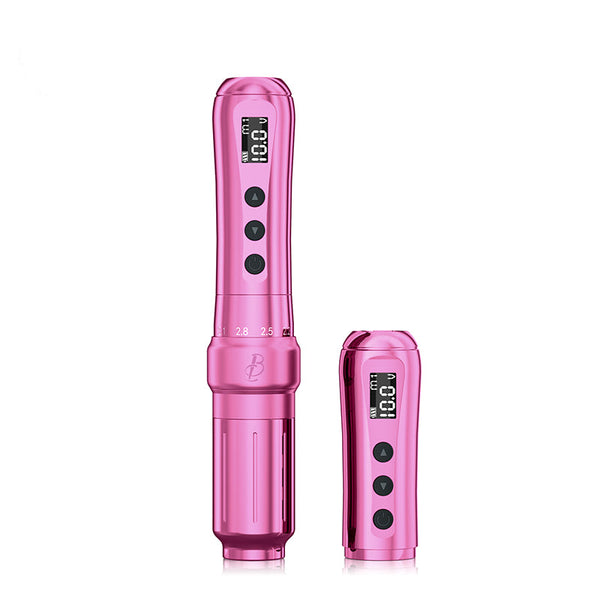Infection control measures are essential protocols designed to prevent the spread of infections within healthcare environments. These measures are critical not only for the safety of patients but also for healthcare professionals and visitors. In this article, we will explore the various aspects of infection control measures, their significance, and best practices that can be implemented in healthcare settings.

What Are Infection Control Measures?
Infection control measures encompass a range of strategies aimed at minimizing the risk of infection transmission. These strategies include:
- Hand hygiene practices
- Use of personal protective equipment (PPE)
- Environmental cleaning and disinfection
- Safe injection practices
- Isolation protocols for infected patients
By adhering to these measures, healthcare facilities can significantly reduce the incidence of healthcare-associated infections (HAIs). But why are these measures so crucial? The answer lies in the potential consequences of infections, which can lead to severe complications, prolonged hospital stays, and increased healthcare costs.
Significance of Infection Control Measures
The significance of infection control measures cannot be overstated. They serve multiple purposes, including:
- Protecting Vulnerable Populations: Patients with weakened immune systems are particularly susceptible to infections. Infection control measures help safeguard these individuals.
- Reducing Healthcare Costs: By preventing infections, healthcare facilities can avoid the financial burden associated with treating HAIs.
- Enhancing Patient Trust: When patients see that a facility prioritizes infection control, their confidence in the healthcare system increases.
Moreover, effective infection control measures can lead to improved patient outcomes and overall satisfaction with healthcare services.
Best Practices for Implementing Infection Control Measures
Implementing effective infection control measures requires a comprehensive approach. Here are some best practices that healthcare facilities should consider:
- Conduct regular training sessions for staff on infection prevention techniques.
- Ensure that hand hygiene stations are readily available and well-stocked.
- Regularly audit and monitor compliance with infection control protocols.
- Utilize advanced technologies, such as UV disinfection systems, to enhance cleaning efforts.
By fostering a culture of safety and accountability, healthcare organizations can significantly improve their infection control efforts.
The Role of Personal Protective Equipment (PPE)
Personal protective equipment (PPE) is a vital component of infection control measures. Proper use of PPE, such as gloves, masks, and gowns, can effectively prevent the transmission of pathogens. It is essential for healthcare workers to understand when and how to use PPE appropriately. For instance, during procedures that may expose them to blood or bodily fluids, wearing the correct PPE is non-negotiable.
In addition, facilities should ensure that PPE is readily available and that staff are trained in its proper use. This not only protects healthcare workers but also contributes to the overall safety of patients.
In conclusion, understanding and implementing infection control measures is crucial for maintaining a safe healthcare environment. By prioritizing these measures, healthcare facilities can protect their patients, staff, and the community at large. For those interested in enhancing their beauty services while ensuring safety, consider exploring options that adhere to strict infection control standards.








